Welcome to Take 5 with 500px, an interview series with the world’s top design influencers, where they share their career stories, personal influences, and thoughts on the world of creativity and design.
For this edition, we spoke with Natasha Jen, a designer and partner at acclaimed design consultancy, Pentagram, on her multi-disciplinary approach to design and how technology plays a role in the evolution of design. Her work encompasses brand identity systems, printed matters, exhibition design, digital interfaces, signage and way-finding systems, and architecture. Jen was recognized by Wired Magazine as one of nine “Designers Who Matter” and has appeared in a number of other publication including Fast Company, Entrepreneur, and Metropolis. Current and past clients include HarvardxDesign (pictured below), The New York Botanical Garden, Nike, MIT, and the Metropolitan Museum of Art, among many others. She has been a guest critic at Yale University School of Art, Rhode Island School of Design, and Maryland Institute College of Art.
Initially, you went to the School for Visual Arts in New York intending to study fine art, but then switched to graphic design. Has that early passion for fine art influenced your designs?
I’ve been interested in visual arts since I was a child. I felt that practicing design and graphic design, which in essence is a visual play of words, images, and symbols, was not a huge leap from fine arts. The only difference is in the nature of the problems: in graphic design, you have problems that arise due to clients or other people involved, whereas fine artists look for a problem and for a way to solve the problem with their medium. That is the biggest distinction. Otherwise, the two are not that different; the way each sees the world is the same. However my approach, I’m motivated by the process of trying to solve the problem through visual means.
Over your career, you’ve designed for a very wide range of clients, from athletic brands (Nike, Puma) to art foundations (The Guggenheim) to retailers (Target). What is the common thread in your approach to design across a diversity of client challenges?
The common thread in all these wide ranging assignments is curiosity: a curiosity in finding out what the issues are and how we can solve these problems and then, of course, to solve them. Curiosity and ambition are both consistent in whatever it is I do.
You’ve touched many design challenges in many forms, including architecture, typography, product design and exhibit spaces. Do you deliberately seek out multi-disciplinary experiences or do they find you?
In the past three years, the media focus in our practice has evolved and changed, organically shifting from print to digital channels. It’s interesting to see how this change speaks to a larger conversation of contemporary society and how we engage and respond with technology, especially when thinking about the traditional brick and mortar experience, which still holds some regard.
When you try to design for a new discipline, you need a different skill set in order to tackle the nature of the project and to handle the problems effectively as they come. Four years ago, our team started out strictly as graphic designers, specializing in form and typography. Now, in that short period of time, we’ve developed a much different team. We have architects; there’s a designer who can program; and another who specializes in animation. You see diversification in the team fabric that wasn’t there before. For me, as the creative director and as someone who is designated in running the team, I have to be fluent in the various languages of different media. That has been a self-teaching experience. What I’ve learned is that the unifying core element in all these various design projects and platforms is identity. Throughout our work, this sense of identity, and finding that identity, is what drives the work.
What design trends are you most excited about right now? Are there ones that you wish would just go away?
In terms of movements, I’m most excited at the range of products and services incited by the speed of digital technology. Industries built on tradition are now being challenged and disrupted entirely. Technology has fostered a shift in what we perceive as normal and what we deem possible or impossible. Every day you see new products and services entering the market that were unimaginable in the year before. Things like ordering food directly to your door by simply pushing buttons. That to me is really exciting. Even more so as a designer who frequently deals with branding — how do you brand something that has yet to exist?
For more of Jen’s work, check out her Behance profile and make sure to follow her on Twitter and Pinterest.

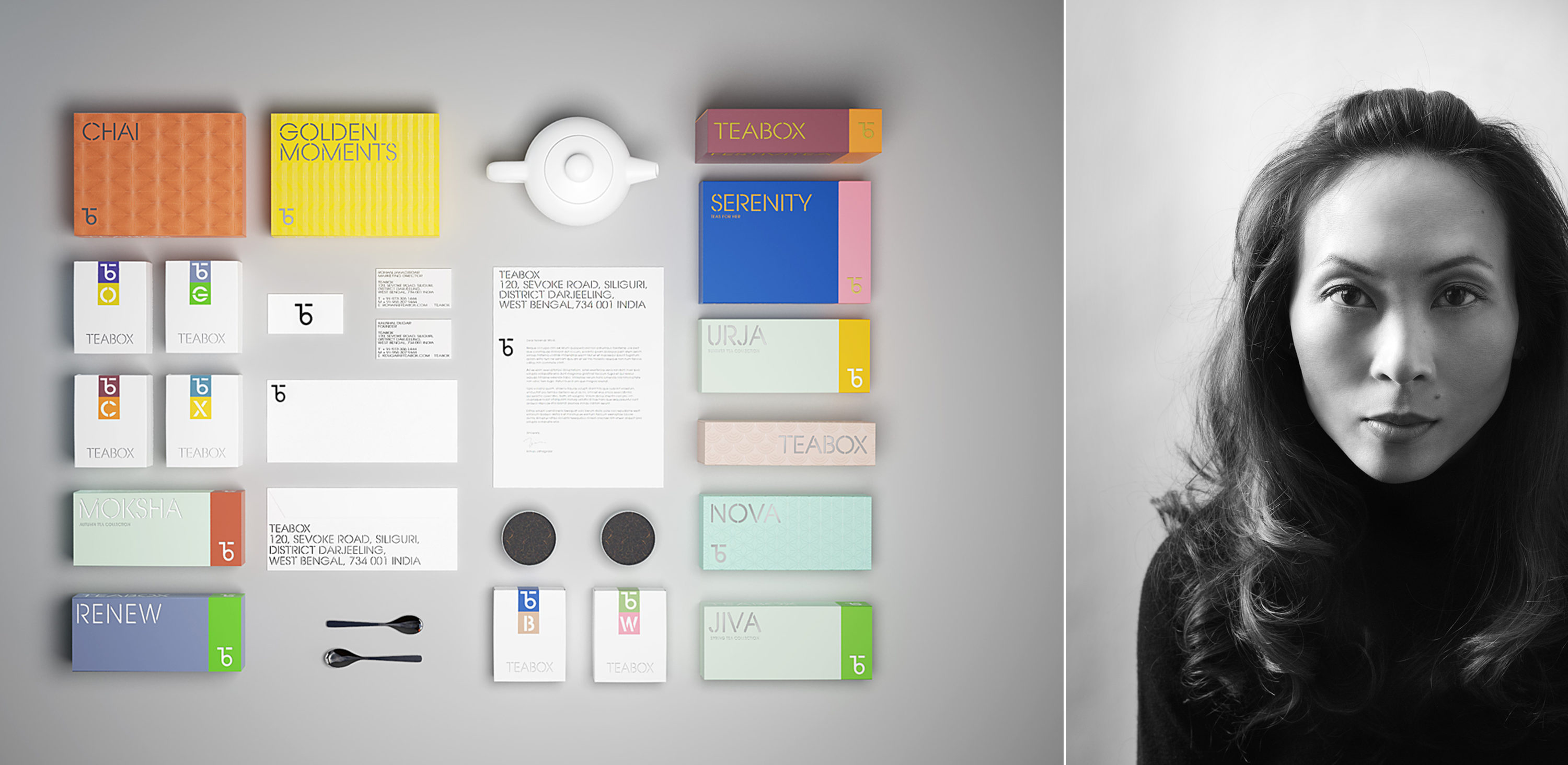
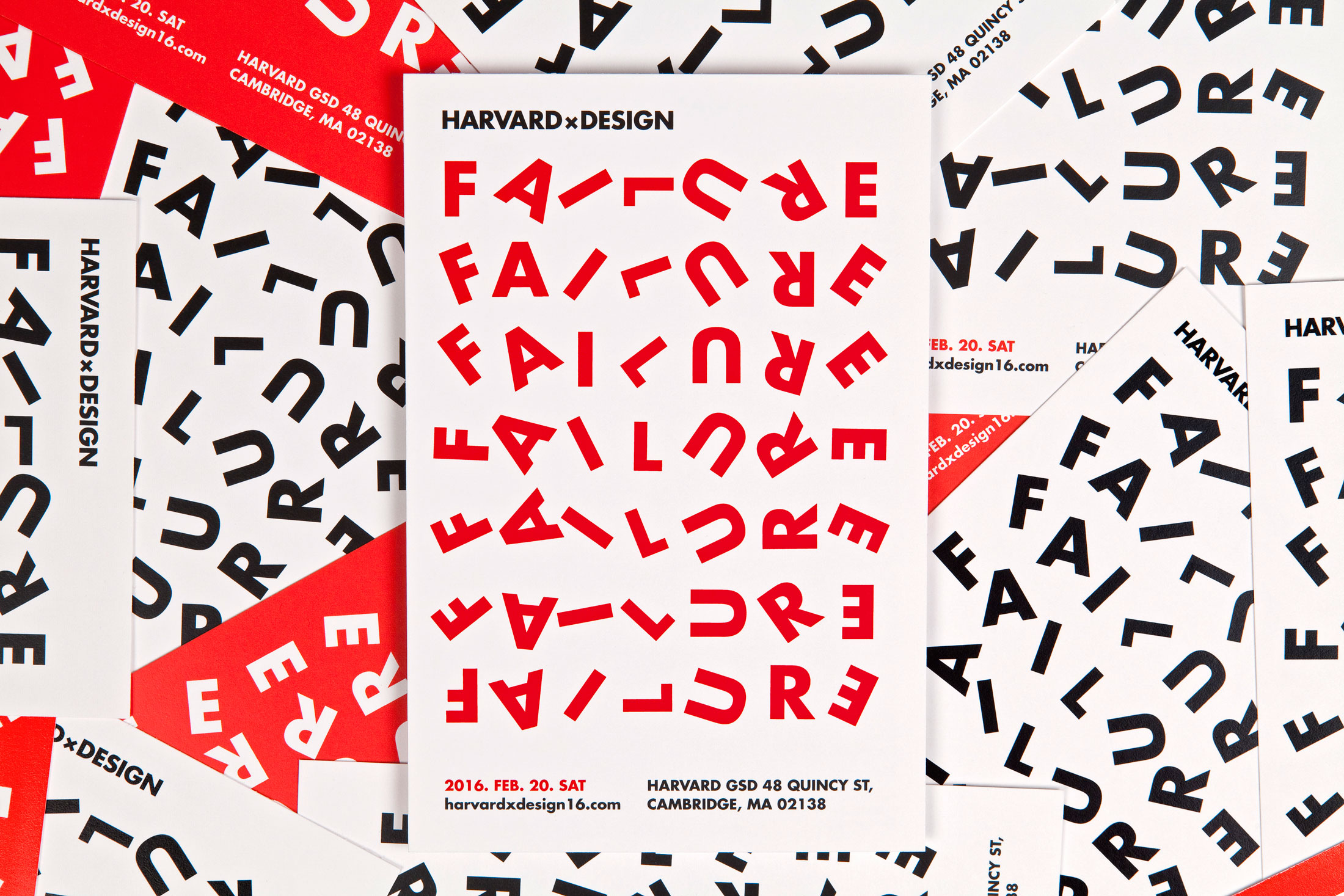
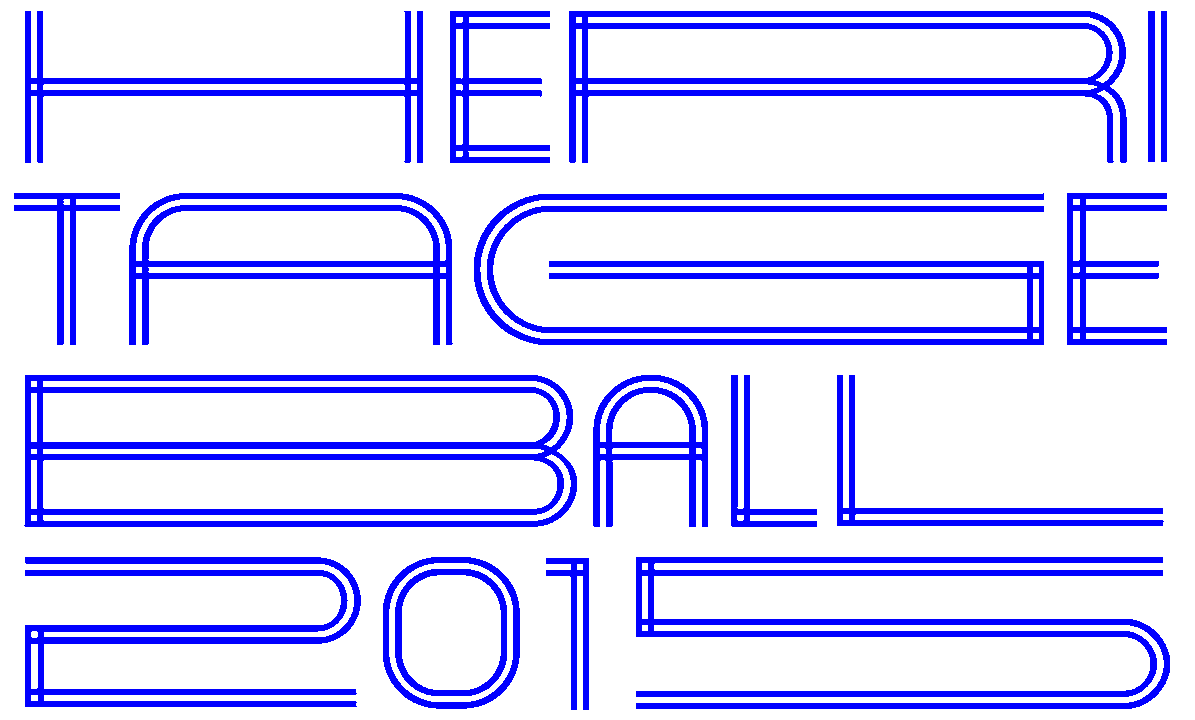
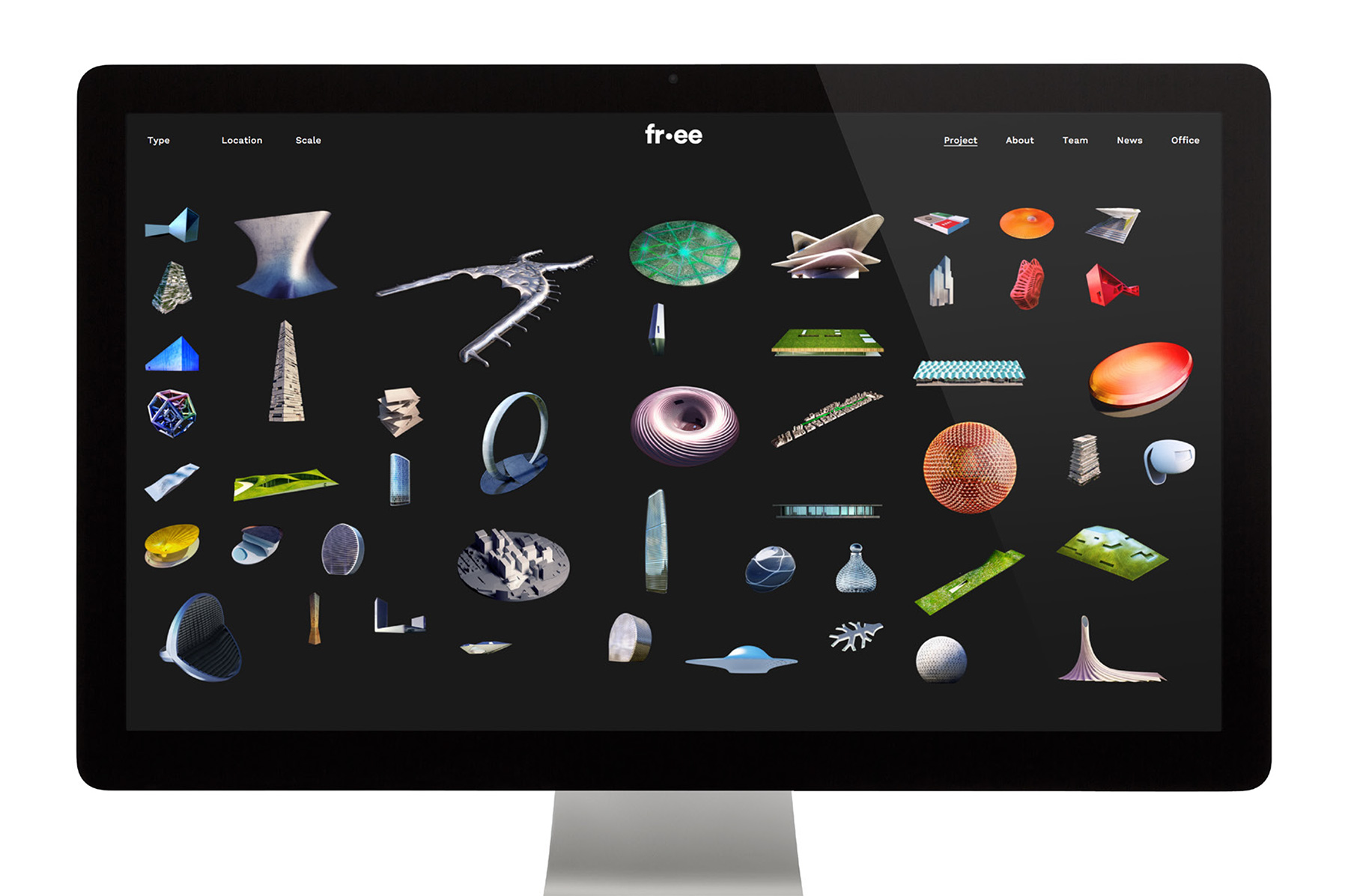
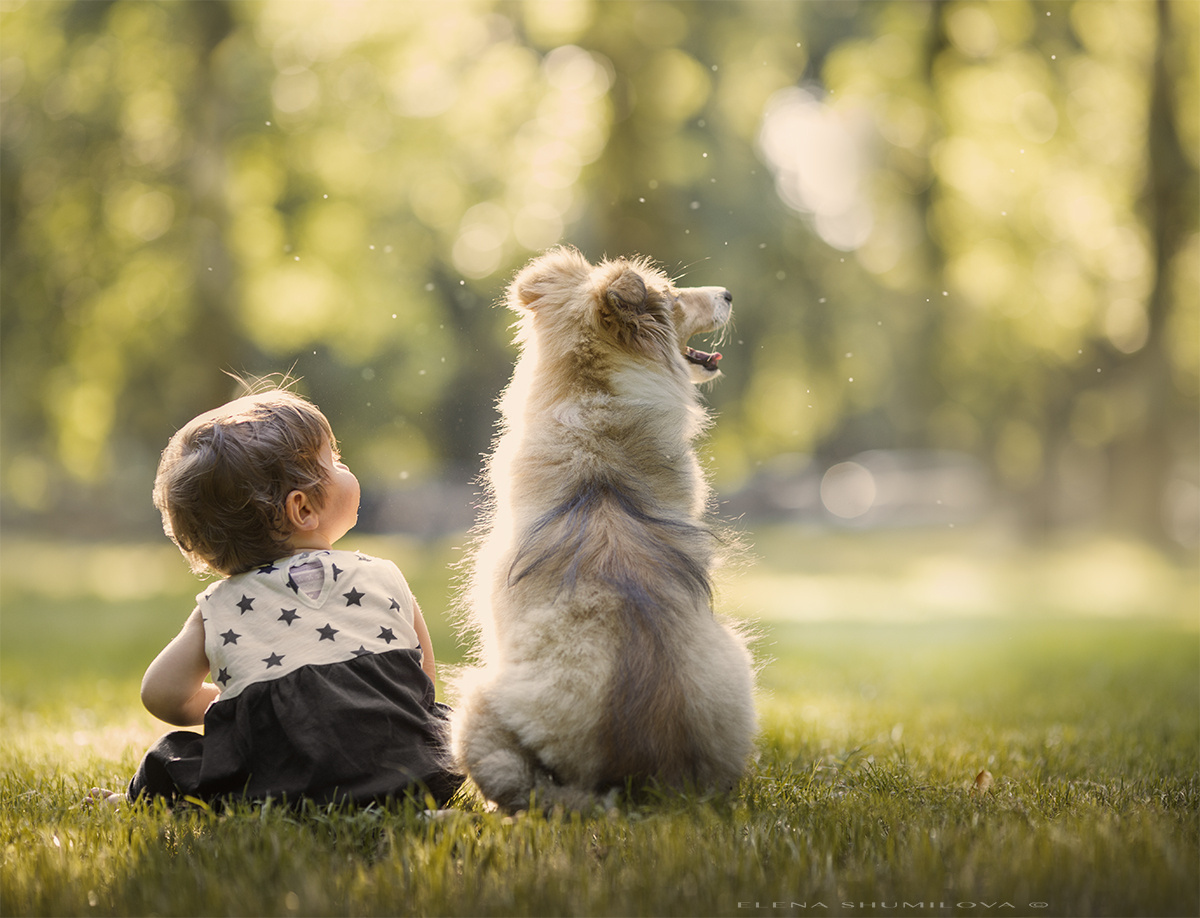



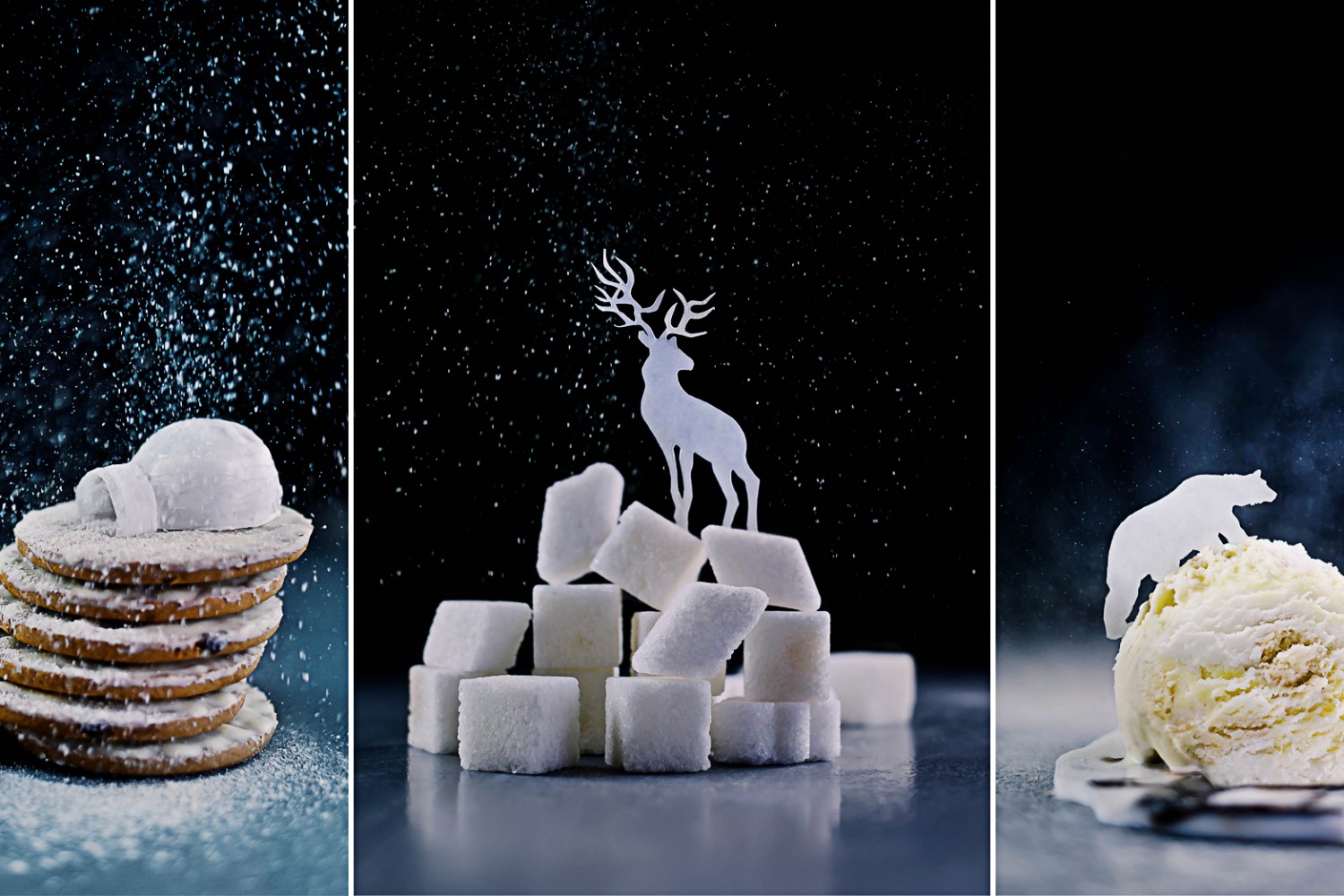
Leave a reply